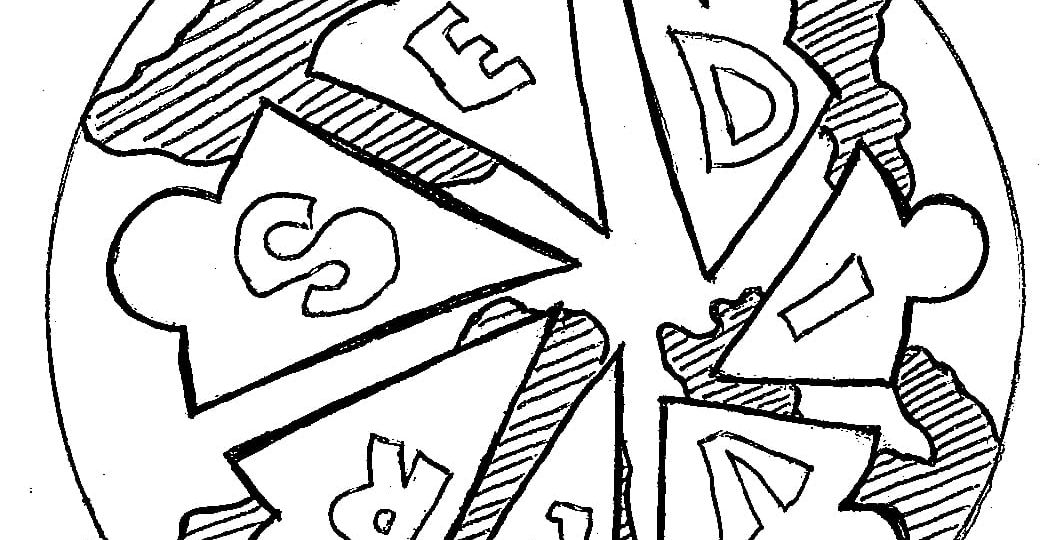
“You are taking this course because your institution is committed to diversity and inclusion,” said the male narrator at the beginning of the DiversityEdu online training, making what the course has to offer sound very intriguing.
St. Olaf is one of the institutions that pays for training from DiversityEdu, a for-profit company that creates an online module to teach diversity and acceptance to students. The College made it mandatory for St. Olaf students to the take the course prior to their Interim and Spring semester registrations. Like St. Olaf, more and more universities across the country are making this type of course mandatory for their students.
On the surface level, DiversityEdu does provide essential tools and skills for students in order to create a more inclusive and safe environment for all. The course material is comprehensive: it acknowledges existing issues related to diversity and offers ways to respond to them. In a nutshell, DiversityEdu helps to smooth out conversations and social interactions between diverse groups of students and faculty at a typical American college.
While these tools are helpful, they are very technical. DiversityEdu is more like “Do’s and Don’ts” when facing diversity: what to say, how to act around people, what not to do, what not to assume, skills for senders and recipients of microaggressions, etc.
The course said things such as “to get the conversation going, we need to use accurate and current terminology,” or “educating yourself means being alert and responsive to change,” which are effective in the short term, but they do not necessarily respond to why people need to use accurate terminology, or why they need to be responsive to change.
Here’s why: when talking about race, the convenient one-hour DiversityEdu training doesn’t include the bigger picture of the racial dynamic of the United States, such as the historical context of 200-year old racial problems in the United States. It doesn’t tell you about the fact that some people are born with an unearned access to social power based on membership in a dominant group (read: privilege) and what it means to have it. It also doesn’t tell you the fact that racism has been institutionalized in the United States, evidenced by things like segregated neighborhoods, mass incarceration and the police shooting of black people and income disparity between white and black households, to name a few.
The second problem with DiversityEdu is that it could be misinterpreted. The course is too “politically correct” and too generic. At some point during the section about microaggression, it says that “recipients of microaggressions are not always members of a minority identity group.” Some students from the majority group (read: white people) may get a false notion on whether they could receive a microaggression because of their skin color. Now, this is a little problematic, because the majority of the recipients of microaggressions are students of color and members of other minority groups like the LGBTQ community. This is because “white culture” is perceived as the norm, and everyone else is standardized based on how close they are to “white culture.”
For instance, telling an Asian-American how good their English is and that they don’t have an accent or saying things like “you’re pretty for a black girl” reinforces the idea that “white culture” is the norm because it directly compares people to how well they match or uphold that norm.
Now, let’s rewind, and try to look at it from a St. Olaf context. DiversityEdu was introduced in response to the campus protest last semester after several students of color received various racist notes. Let’s be honest, DiversityEdu is designed more to suit the majority of the student body than to students of color. The racial climate at St. Olaf gained national attention, but media outlets narrowly reported only on the racist notes, even though the protest was trying to address a larger problem than that: the fact that racism is institutionalized.
Ranging from the things like whitewashed curriculum and staff hiring to campus attitude, racism has long been embedded at St. Olaf, and it cannot be answered only with a one-hour diversity training.
DiversityEdu was implemented this year, following the protests, and it is a first step. But a need to reform curriculum in the General Education requirement as demanded by The Collective, and to integrate race and ethnic studies and women’s and gender studies courses into General Education (GE) requirements, would have a long-term impact to dismantle institutional racism at St. Olaf.
Having a semester-long course to talk about racial complexities in the US would expose students to a vast understanding and awareness of their racial identity, and why they do what they are being told to do, such as taking this course.
In conclusion, DiversityEdu helps students to be more cautious about what they say to students of color and minority group of students, and it’s effective in the short term. But understanding the larger and more complex problem is better than just holding one’s tongue.

